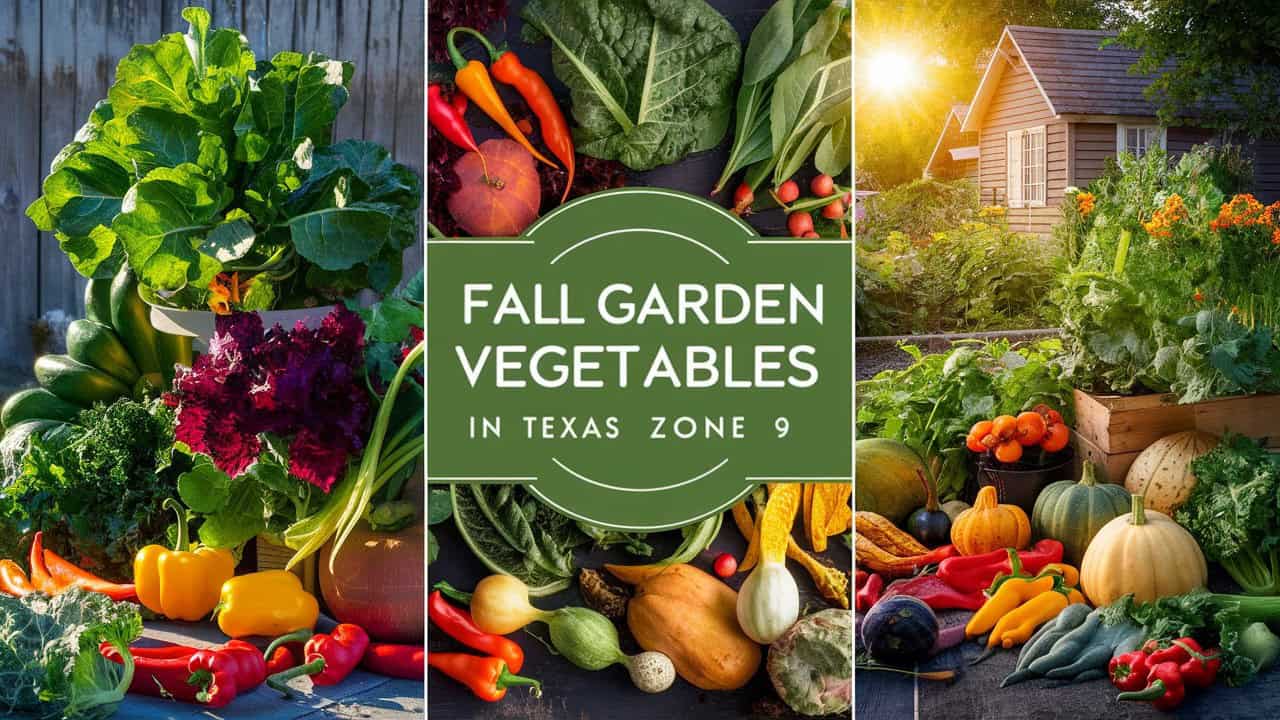As the scorching summer heat begins to subside in south Texas, gardeners eagerly anticipate the arrival of the fall planting season. This temperate region, characterized by its mild winters and extended growing season, offers a bountiful opportunity to cultivate a diverse array of vegetables that thrive in the cooler months. In this comprehensive guide, we’ll explore the best fall garden vegetables for Texas Zone 9, their optimal planting dates, and the secrets to a successful autumn harvest.
USDA Zone 9 Texas Gardening Zones
Texas is divided into several distinct gardening regions, each with its own unique climate and growing conditions.
Region IV, which falls within USDA Hardiness Zone 9A, experiences average minimum temperatures between 20-25°F. This slightly cooler climate allows for a wider range of fall and winter vegetable cultivation.
Region V, which falls within USDA Hardiness Zone 9B, experiences average minimum temperatures between 25-30°F, making it less suitable for certain cool-weather crops.
Understanding these temperature variations is crucial when planning your Texas Zone 9 fall garden, as it will inform the appropriate planting dates and vegetable selections for your specific region. By tailoring your garden to the unique climate of your area, you can maximize your chances of a bountiful and successful harvest.
Snap Bush Beans
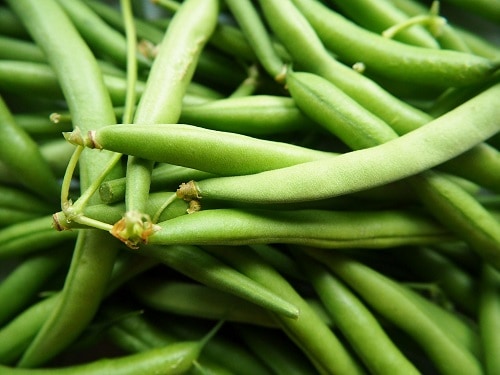
One of the most versatile and beloved fall garden vegetables in Texas Zone 9 is the snap bush bean. These compact, bushy plants are well-suited to the region’s climate and can be sown as late as September 10th in Region IV or October 1st in Region V. Snap bush beans are renowned for their crisp, flavorful pods that are perfect for fresh eating, canning, or freezing. They thrive in well-drained, nutrient-rich soil and require minimal maintenance, making them an excellent choice for beginner gardeners.
Lima Bush Beans
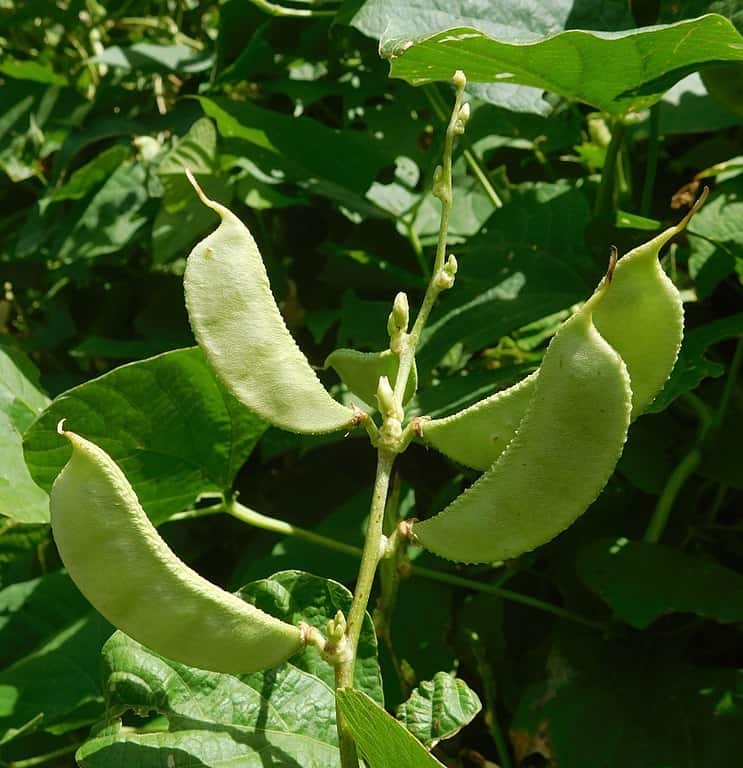
Another legume that shines in the Texas Zone 9 fall garden is the lima bush bean. These creamy, buttery-textured beans can be planted as early as September 1st in Region IV or September 15th in Region V. Lima bush beans are a fantastic source of protein and fiber, and they pair beautifully with a variety of dishes, from succulent stews to fresh salads. They prefer slightly cooler temperatures and well-draining soil, making them a perfect complement to the autumn climate.
Beets

No fall garden in Texas Zone 9 is complete without the inclusion of beets. These vibrant root vegetables can be sown as late as November 1st in Region IV or December 15th in Region V, allowing gardeners to extend their growing season well into the winter months. Beets are renowned for their earthy, sweet flavor and their impressive nutritional profile, which includes a wealth of vitamins, minerals, and antioxidants. They thrive in full sun and well-amended soil, and their greens can also be harvested and enjoyed as a nutrient-dense leafy green.
Broccoli

As the summer heat begins to wane, broccoli emerges as a star player in the Texas Zone 9 fall garden. This nutrient-dense vegetable can be planted as early as October 1st in Region IV or November 1st in Region V. Broccoli thrives in the mild autumn temperatures, producing lush, green heads that are packed with vitamins, minerals, and antioxidants. To ensure a successful broccoli crop, gardeners should choose a sunny location with well-draining, nutrient-rich soil. Regular watering and the occasional application of a balanced fertilizer will help your broccoli plants reach their full potential.
Brussels Sprouts
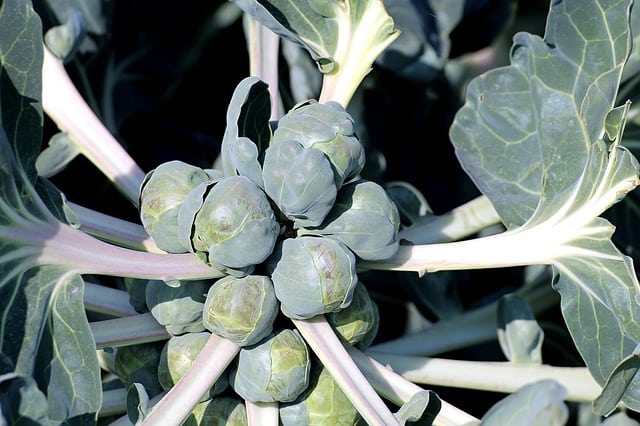
Another cool-weather favorite for the Texas Zone 9 fall garden is the humble yet delightful Brussels sprout. These miniature cabbages can be planted on the same schedule as broccoli, with a recommended sowing date of October 1st in Region IV or November 1st in Region V. Brussels sprouts are not only a nutritional powerhouse but also a versatile ingredient in the kitchen, lending themselves well to roasting, sautéing, and even raw preparations. To encourage the development of tight, flavorful sprouts, be sure to provide your plants with ample space, consistent moisture, and a bit of protection from the occasional late-season heat wave.
Cabbage
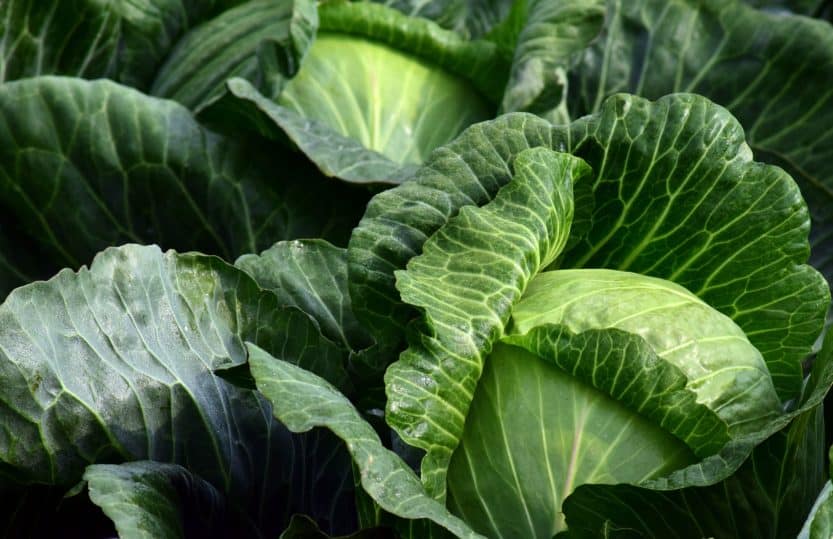
No fall garden in Texas Zone 9 is complete without the inclusion of cabbage. This hardy, cool-season vegetable can be planted alongside broccoli and Brussels sprouts, with a recommended sowing date of October 1st in Region IV or November 1st in Region V. Cabbage is renowned for its ability to withstand the region’s mild winters, producing crisp, dense heads that are perfect for a variety of culinary applications, from coleslaw to sauerkraut. To ensure a successful cabbage crop, gardeners should choose a sunny location with well-draining, nutrient-rich soil and be prepared to protect their plants from any unexpected cold snaps.
Carrots
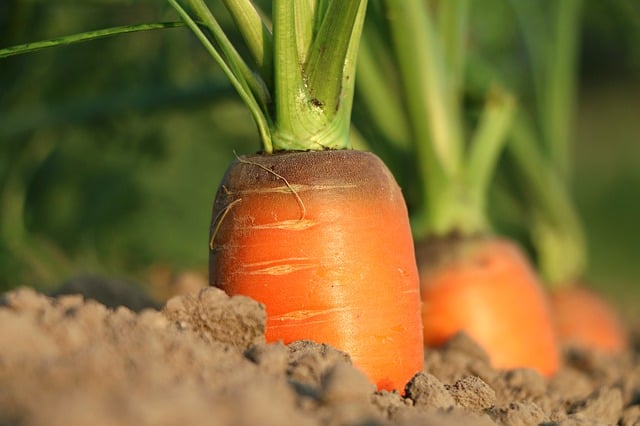
As the days grow shorter and the temperatures begin to cool, carrots emerge as a must-have addition to the Texas Zone 9 fall garden. These vibrant root vegetables can be sown as late as November 20th in Region IV or December 15th in Region V, allowing gardeners to extend their growing season well into the winter months. Carrots thrive in well-drained, nutrient-rich soil and require consistent moisture to develop their signature sweet, crunchy texture. By incorporating carrots into your fall garden, you’ll not only enjoy a bountiful harvest but also reap the benefits of their impressive nutritional profile, which includes an abundance of vitamins, minerals, and antioxidants.
Cauliflower
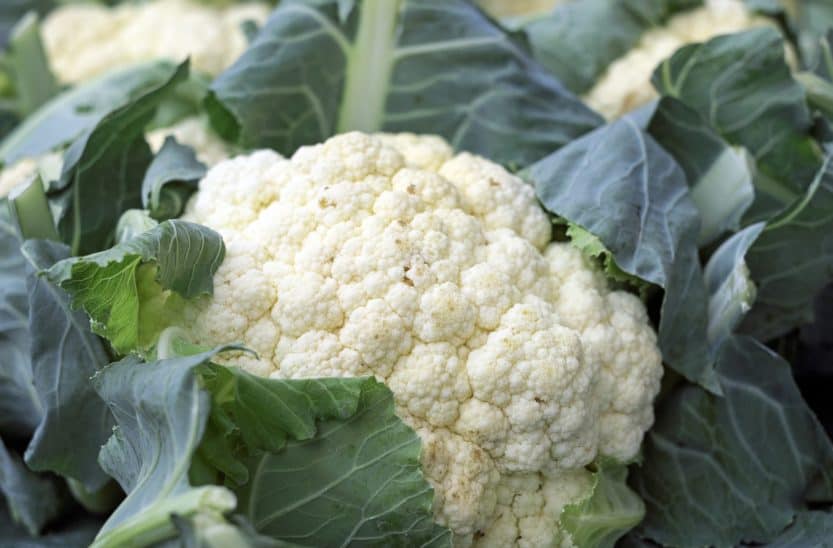
Another cool-weather favorite for the Texas Zone 9 fall garden is the versatile cauliflower. This member of the Brassica family can be planted as early as October 1st in Region IV or November 1st in Region V, allowing it to take full advantage of the mild autumn temperatures. Cauliflower is renowned for its creamy, dense florets that are packed with essential vitamins, minerals, and fiber. To ensure a successful cauliflower crop, gardeners should choose a sunny location with well-draining soil and be prepared to provide their plants with ample moisture and occasional protection from any unexpected heat spells.
Swiss Chard
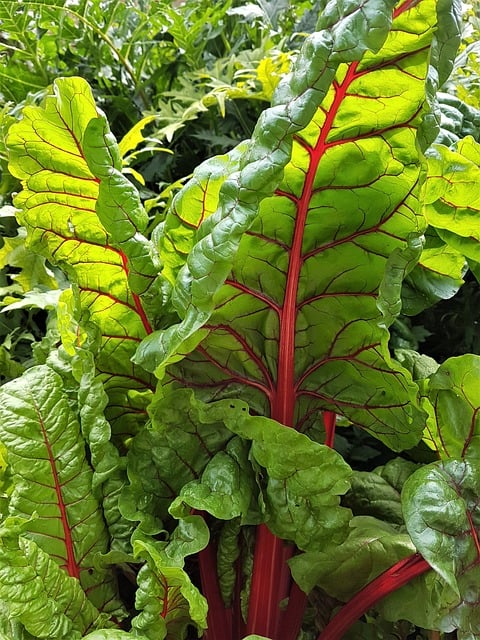
No fall garden in Texas Zone 9 is complete without the inclusion of Swiss chard. This vibrant, nutrient-dense leafy green can be sown as late as October 20th in Region IV or December 15th in Region V, making it a versatile and long-lasting addition to your autumn harvest. Swiss chard is prized for its tender, succulent leaves and its striking, rainbow-hued stems, which add a beautiful visual element to any garden. To cultivate a thriving Swiss chard crop, gardeners should choose a location with full sun exposure and well-amended, nutrient-rich soil. Regular watering and the occasional application of a balanced fertilizer will help ensure a bountiful harvest.
Collards
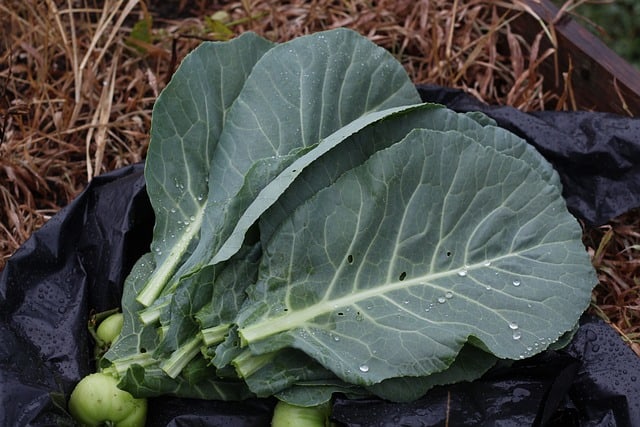
As the summer heat begins to subside, collards emerge as a hardy and nutritious addition to the Texas Zone 9 fall garden. This leafy green can be sown as late as October 20th in Region IV or December 15th in Region V, allowing gardeners to extend their growing season well into the winter months. Collards are renowned for their robust, earthy flavor and their impressive nutritional profile, which includes an abundance of vitamins, minerals, and antioxidants. To cultivate a thriving collard crop, gardeners should choose a location with full sun exposure and well-amended, nutrient-rich soil. Regular watering and the occasional application of a balanced fertilizer will help ensure a bountiful harvest.
Sweet Corn

While many gardeners associate corn with the summer months, the fall season in Texas Zone 9 offers an opportunity to enjoy a second crop of this beloved vegetable. Sweet corn can be planted as early as September 10th in Region IV or September 20th in Region V, allowing it to take advantage of the region’s mild autumn temperatures. By selecting fast-maturing corn varieties, gardeners can enjoy a fresh, juicy harvest before the first frost arrives. To ensure a successful corn crop, provide your plants with ample space, consistent moisture, and protection from any unexpected heat waves or cold snaps.
Cucumbers
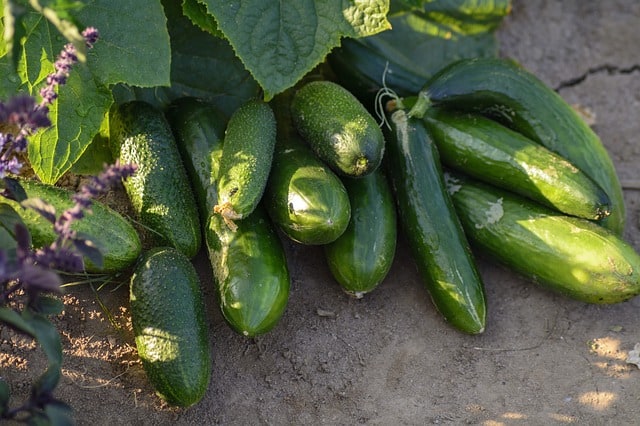
As the summer garden winds down, cucumbers can make a triumphant return in the Texas Zone 9 fall garden. These crisp, refreshing veggies can be sown as late as September 10th in Region IV or October 1st in Region V, allowing gardeners to extend their harvest well into the autumn months. Cucumbers thrive in well-drained, nutrient-rich soil and require consistent moisture to produce their signature crunchy texture and refreshing flavor. By incorporating cucumbers into your fall garden, you’ll not only enjoy a bountiful harvest but also reap the benefits of their impressive nutritional profile, which includes an abundance of vitamins and minerals.
Eggplant
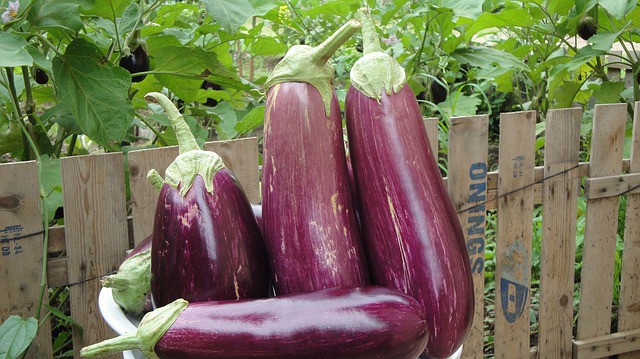
While eggplant is often associated with the summer growing season, this versatile vegetable can also thrive in the Texas Zone 9 fall garden. Eggplant can be planted as early as July 10th in Region IV or August 1st in Region V, allowing it to take advantage of the region’s warm autumn temperatures. Eggplant is renowned for its rich, creamy texture and its ability to absorb a variety of flavors, making it a popular ingredient in many Mediterranean and Asian-inspired dishes. To ensure a successful eggplant crop, gardeners should choose a location with full sun exposure and well-drained, nutrient-rich soil. Regular watering and the occasional application of a balanced fertilizer will help your eggplant plants reach their full potential.
Garlic
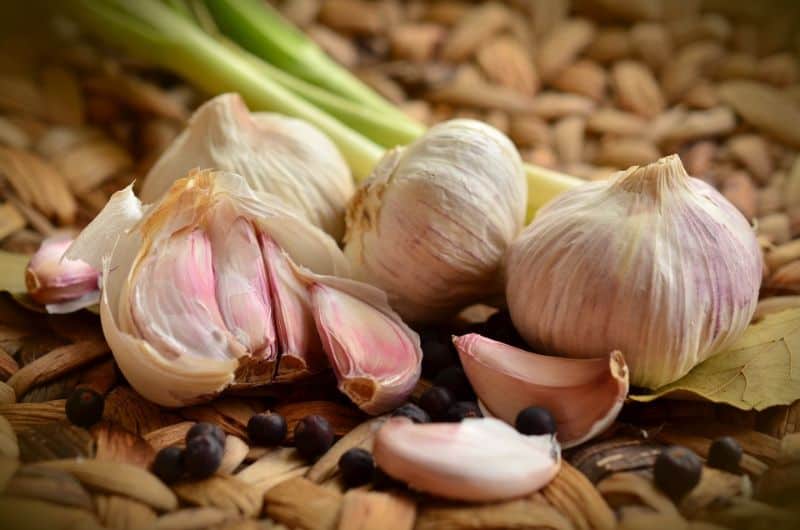
No fall garden in Texas Zone 9 is complete without the inclusion of garlic. This aromatic, flavorful crop can be planted as late as November in Region IV or December in Region V, allowing it to establish a strong root system before the onset of winter. Garlic is not only a culinary staple but also a natural pest deterrent, making it a valuable addition to any garden. To cultivate a thriving garlic crop, gardeners should choose a location with full sun exposure and well-drained, nutrient-rich soil. Be sure to plant individual cloves with the pointed end facing up, and provide your plants with consistent moisture and occasional applications of a balanced fertilizer.
Kohlrabi
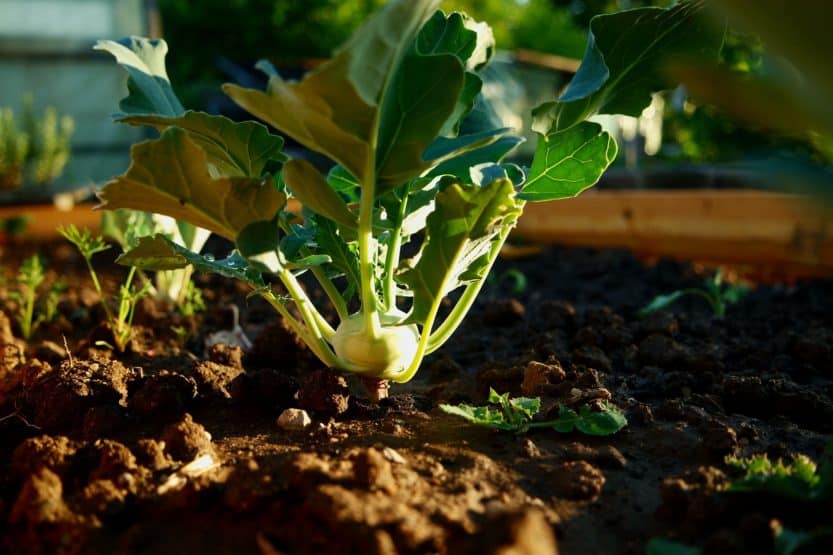
As the summer heat begins to wane, kohlrabi emerges as a unique and versatile addition to the Texas Zone 9 fall garden. This unusual member of the Brassica family can be planted as early as October 1st in Region IV or November 1st in Region V, allowing it to take full advantage of the mild autumn temperatures. Kohlrabi is prized for its crisp, bulbous stems, which can be enjoyed raw, roasted, or incorporated into a variety of culinary creations. To ensure a successful kohlrabi crop, gardeners should choose a location with full sun exposure and well-drained, nutrient-rich soil. Regular watering and the occasional application of a balanced fertilizer will help your kohlrabi plants reach their full potential.
Leaf Lettuce
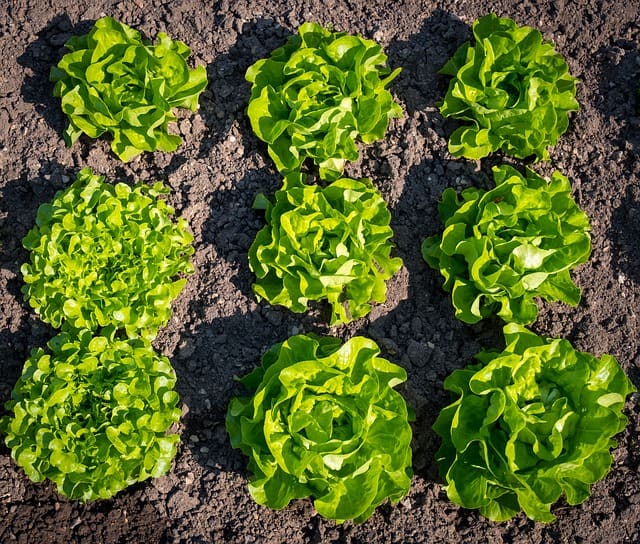
As the summer heat begins to subside, leaf lettuce emerges as a cool-weather favorite for the Texas Zone 9 fall garden. This vibrant, nutrient-dense leafy green can be sown as late as November 1st in Region IV or December 1st in Region V, allowing gardeners to enjoy a bountiful harvest well into the winter months. Leaf lettuce is renowned for its tender, succulent leaves and its impressive nutritional profile, which includes an abundance of vitamins, minerals, and antioxidants. To cultivate a thriving leaf lettuce crop, gardeners should choose a location with partial shade and well-amended, nutrient-rich soil. Regular watering and the occasional application of a balanced fertilizer will help ensure a continuous harvest.
Mustard
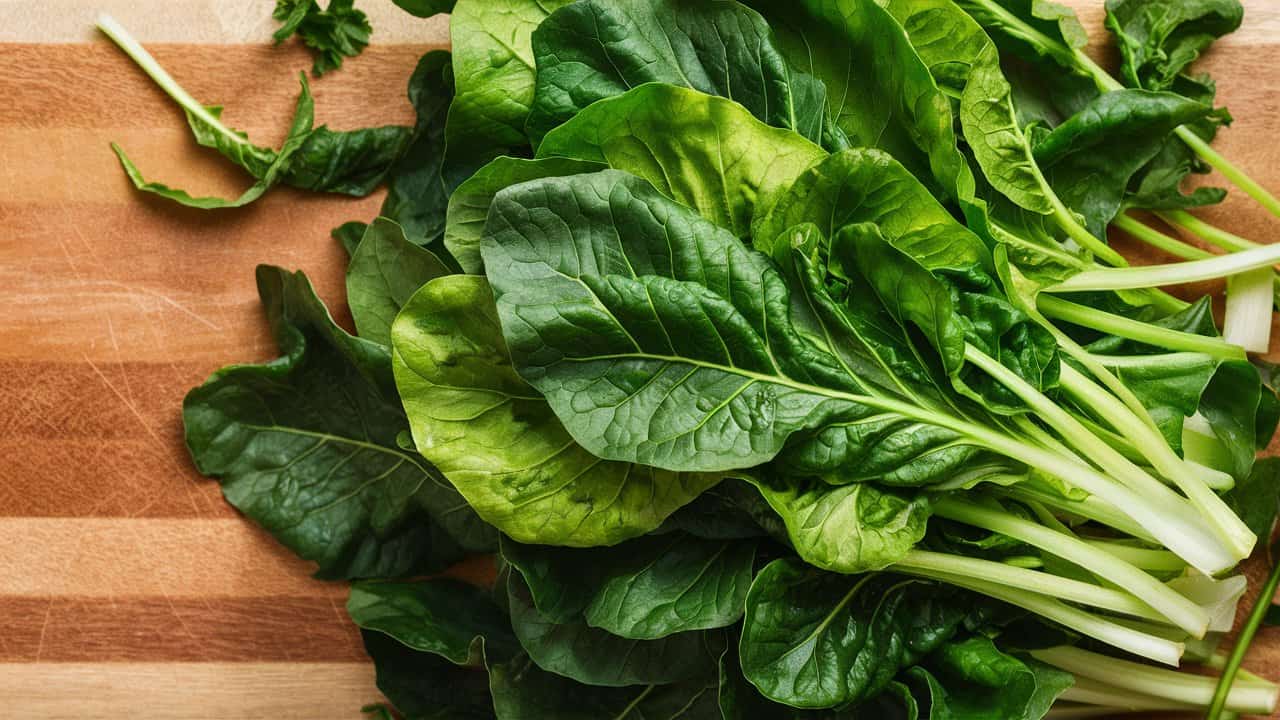
Another cool-weather staple for the Texas Zone 9 fall garden is the pungent and flavorful mustard green. This member of the Brassica family can be planted as late as December 1st in Region IV or December 15th in Region V, allowing it to thrive in the region’s mild autumn temperatures. Mustard greens are prized for their spicy, tangy flavor and their impressive nutritional benefits, which include high levels of vitamins, minerals, and antioxidants. To ensure a successful mustard crop, gardeners should choose a location with full sun exposure and well-drained, nutrient-rich soil. Regular watering and the occasional application of a balanced fertilizer will help your mustard plants reach their full potential.
Onions (from seed)

No fall garden in Texas Zone 9 is complete without the inclusion of onions. This versatile, flavorful crop can be planted as late as December 1st in Region IV or December 15th in Region V, allowing it to establish a strong root system before the onset of winter. Onions are not only a culinary staple but also a valuable addition to any garden, as they can help deter pests and improve soil health. To cultivate a thriving onion crop, gardeners should choose a location with full sun exposure and well-drained, nutrient-rich soil. Be sure to provide your plants with consistent moisture and occasional applications of a balanced fertilizer.
Parsley

As the summer garden winds down, parsley emerges as a versatile and flavorful addition to the Texas Zone 9 fall garden. This aromatic herb can be sown as late as November 1st in Region IV or December 1st in Region V, allowing gardeners to enjoy its fresh, vibrant leaves well into the winter months. Parsley is renowned for its bright, herbaceous flavor and its impressive nutritional profile, which includes an abundance of vitamins, minerals, and antioxidants. To cultivate a thriving parsley crop, gardeners should choose a location with partial shade and well-amended, nutrient-rich soil. Regular watering and the occasional application of a balanced fertilizer will help ensure a continuous harvest.
Cowpeas – Southern Peas

While many gardeners associate peas with the spring growing season, the fall garden in Texas Zone 9 offers an opportunity to enjoy a second crop of this beloved legume. Southern peas, also known as cowpeas, can be planted as early as August 15th in Region IV or September 1st in Region V, allowing them to take advantage of the region’s mild autumn temperatures. Southern peas are prized for their versatility, as they can be enjoyed fresh, dried, or incorporated into a variety of culinary creations. To ensure a successful southern pea crop, provide your plants with ample space, consistent moisture, and protection from any unexpected heat waves or cold snaps.
Peppers
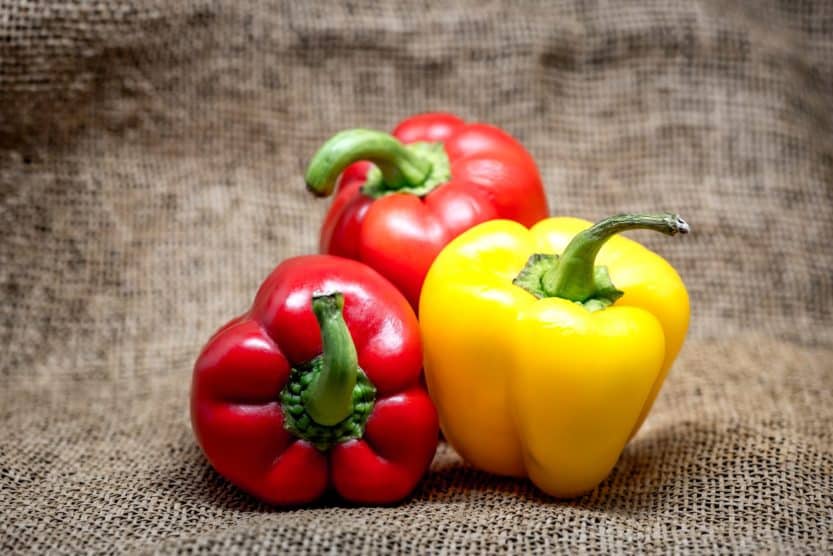
As the summer garden winds down, peppers can make a triumphant return in the Texas Zone 9 fall garden. These vibrant, flavorful vegetables can be sown as late as July 15th in Region IV or August 1st in Region V, allowing gardeners to extend their harvest well into the autumn months. Peppers thrive in well-drained, nutrient-rich soil and require consistent moisture to produce their signature crunch and bold flavors. By incorporating peppers into your fall garden, you’ll not only enjoy a bountiful harvest but also reap the benefits of their impressive nutritional profile, which includes an abundance of vitamins, minerals, and antioxidants.
Potatoes
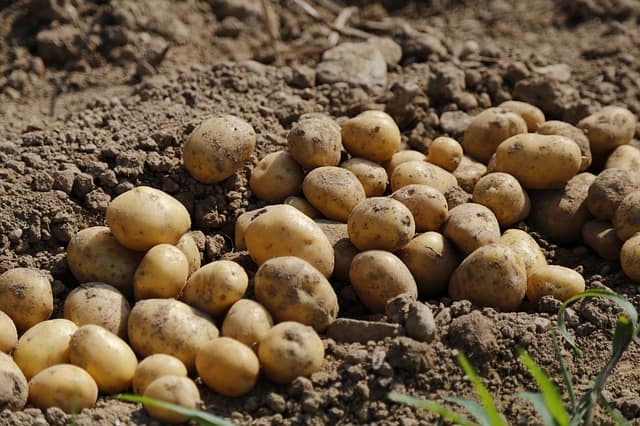
For gardeners in Texas Zone 9’s Region IV, potatoes can be a rewarding addition to the fall garden. These starchy tubers can be planted as early as October 1st, allowing them to establish a strong root system before the onset of winter. Potatoes thrive in well-drained, nutrient-rich soil and require consistent moisture to produce their signature texture and flavor. However, it’s important to note that planting potatoes in Region V is generally not recommended, as the region’s warmer temperatures and longer growing season may not provide the ideal conditions for a successful fall potato crop.
Pumpkins
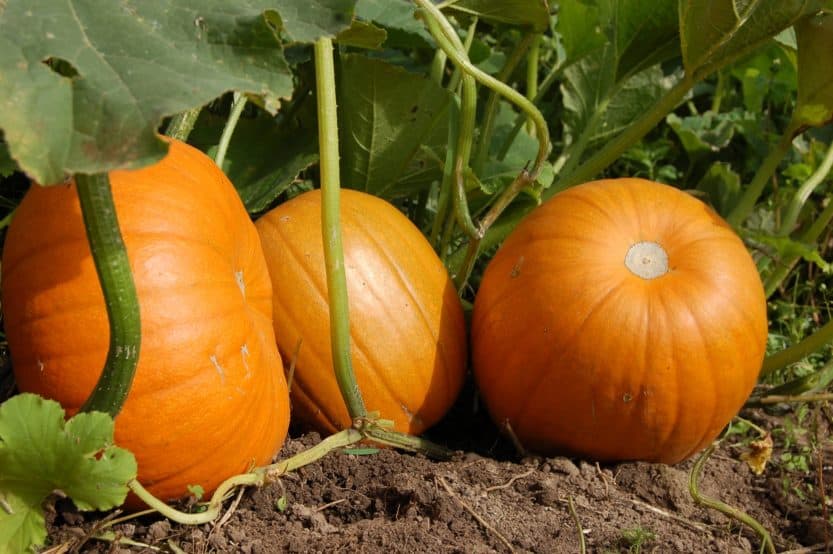
As the summer garden winds down, pumpkins can make a vibrant and festive addition to the Texas Zone 9 fall garden. These iconic autumn vegetables can be sown as early as August 10th in Region IV or September 1st in Region V, allowing them to take advantage of the region’s mild autumn temperatures. Pumpkins require ample space, consistent moisture, and well-drained, nutrient-rich soil to produce their signature size and shape. By incorporating pumpkins into your fall garden, you’ll not only enjoy a bountiful harvest but also add a touch of seasonal charm to your outdoor space.
Radishes

For a quick and easy addition to the Texas Zone 9 fall garden, look no further than the humble radish. This crunchy, peppery vegetable can be sown as late as December 1st in Region IV or December 15th in Region V, allowing gardeners to enjoy a fresh harvest well into the winter months. Radishes are renowned for their rapid growth and their ability to thrive in a variety of soil conditions, making them an ideal choice for the busy gardener. To ensure a successful radish crop, provide your plants with consistent moisture and well-drained, nutrient-rich soil.
Spinach
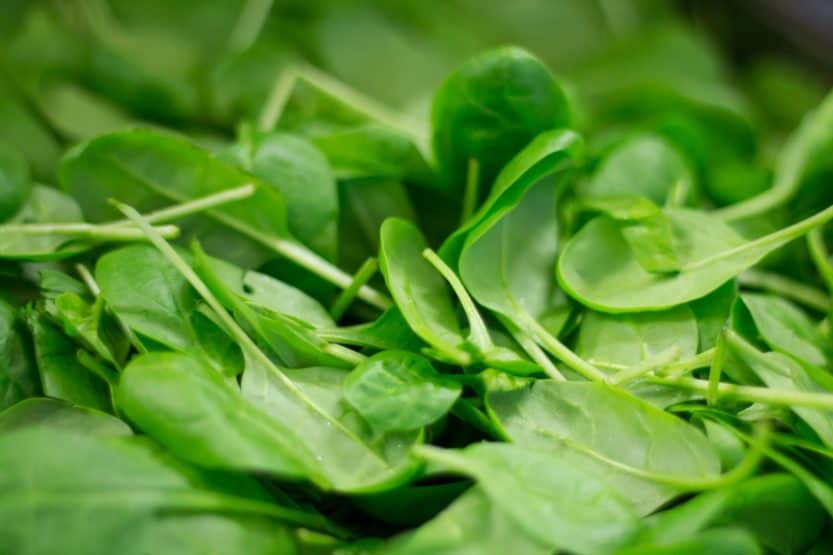
As the days grow shorter and the temperatures begin to cool, spinach emerges as a true star of the Texas Zone 9 fall garden. This nutrient-dense leafy green can be sown as late as December 1st in Region IV or December 15th in Region V, allowing gardeners to enjoy its tender, flavorful leaves well into the winter months. Spinach is renowned for its impressive nutritional profile, which includes high levels of vitamins, minerals, and antioxidants. To cultivate a thriving spinach crop, gardeners should choose a location with partial shade and well-amended, nutrient-rich soil. Regular watering and the occasional application of a balanced fertilizer will help ensure a continuous harvest.
Summer Squash
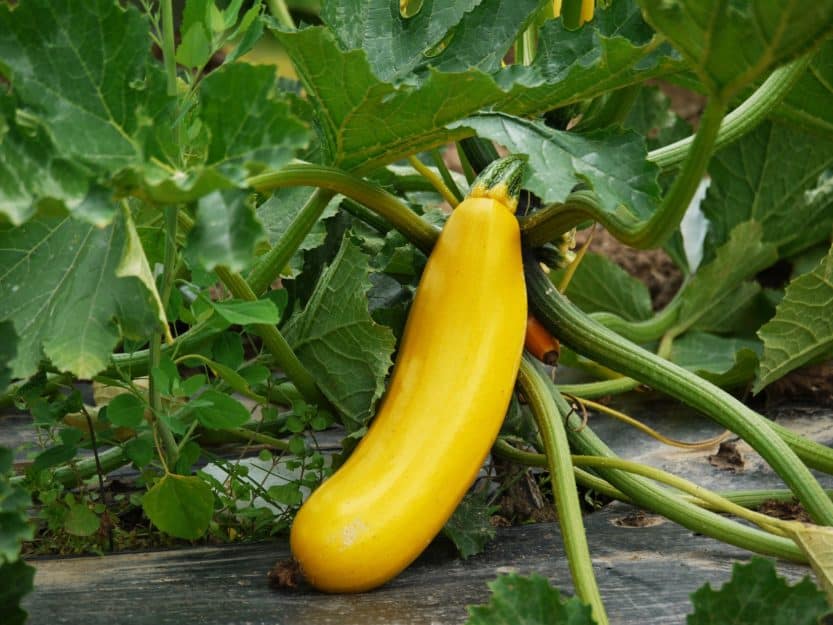
While many gardeners associate squash with the summer growing season, the fall garden in Texas Zone 9 offers an opportunity to enjoy a second crop of this versatile vegetable. Summer squash, such as zucchini and yellow squash, can be planted as early as October 1st in Region IV or October 10th in Region V, allowing them to take advantage of the region’s mild autumn temperatures. Summer squash is prized for its tender, flavorful flesh and its impressive nutritional benefits, which include an abundance of vitamins, minerals, and antioxidants. To ensure a successful summer squash crop, provide your plants with ample space, consistent moisture, and protection from any unexpected heat waves or cold snaps.
Winter Squash
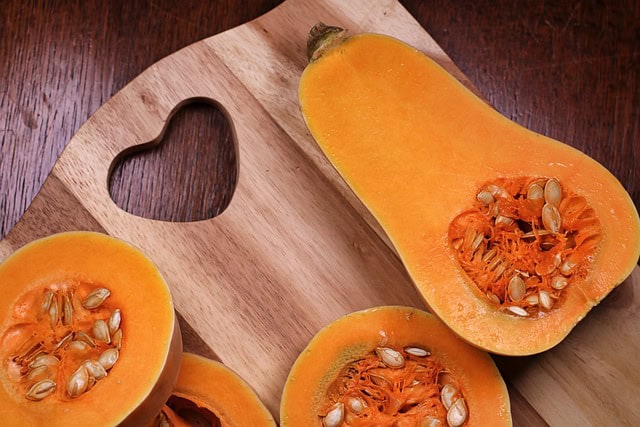
As the summer garden winds down, winter squash emerges as a versatile and flavorful addition to the Texas Zone 9 fall garden. These hearty, nutrient-dense vegetables can be sown as early as September 1st in Region IV or September 10th in Region V, allowing them to take advantage of the region’s mild autumn temperatures. Winter squash, such as butternut and acorn, are prized for their thick, sweet flesh and their impressive nutritional profile, which includes an abundance of vitamins, minerals, and antioxidants. To ensure a successful winter squash crop, provide your plants with ample space, consistent moisture, and well-drained, nutrient-rich soil.
Tomatoes
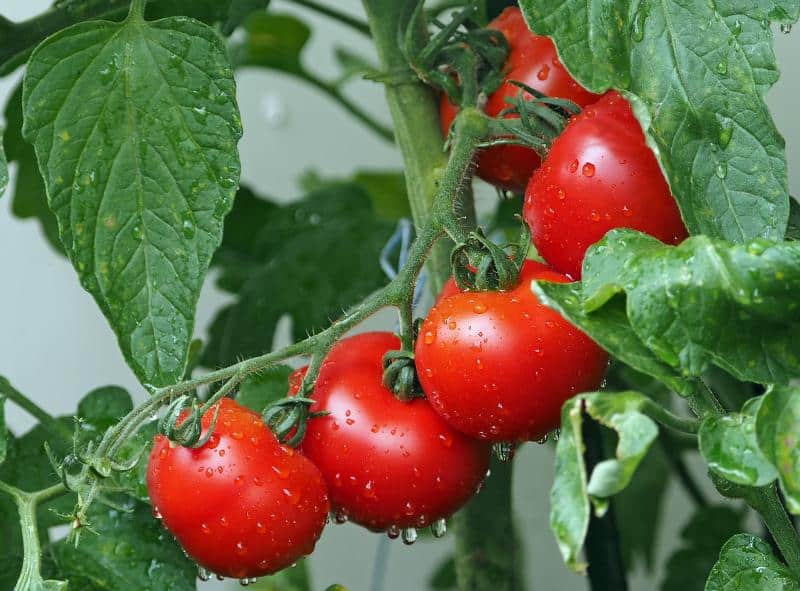
While many gardeners associate tomatoes with the summer growing season, the fall garden in Texas Zone 9 offers an opportunity to enjoy a second crop of this beloved fruit. Tomatoes can be sown as late as July 10th in Region IV or August 1st in Region V, allowing them to take advantage of the region’s mild autumn temperatures. Tomatoes thrive in well-drained, nutrient-rich soil and require consistent moisture to produce their signature flavor and texture. By incorporating tomatoes into your fall garden, you’ll not only enjoy a bountiful harvest but also reap the benefits of their impressive nutritional profile, which includes an abundance of vitamins, minerals, and antioxidants.
Turnips
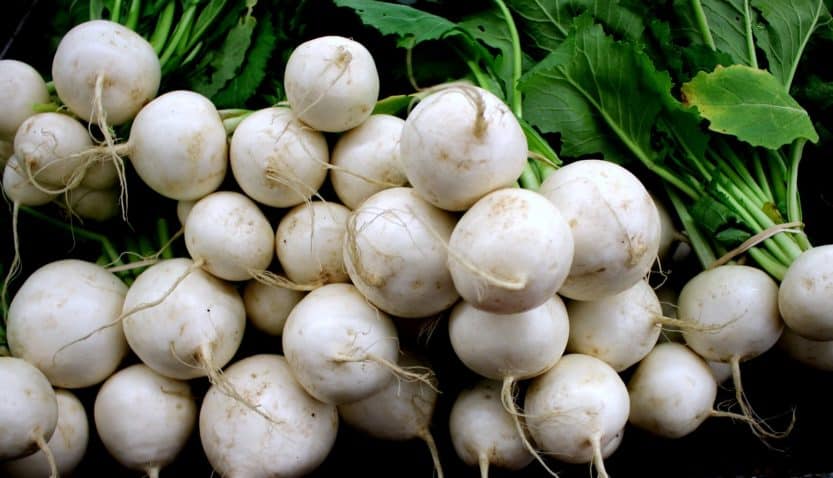
For a quick and easy addition to the Texas Zone 9 fall garden, look no further than the humble turnip. This versatile root vegetable can be sown as late as December 1st in Region IV or December 15th in Region V, allowing gardeners to enjoy a fresh harvest well into the winter months. Turnips are renowned for their crunchy texture and their mild, slightly sweet flavor, making them a popular choice for a variety of culinary applications. To ensure a successful turnip crop, provide your plants with consistent moisture and well-drained, nutrient-rich soil.


